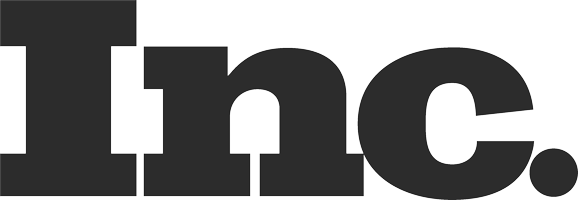Search engine optimization (SEO) is all about building credibility with Google. One way we build rapport with Google is by optimizing page speed. Not only is page speed a critical ranking factor, but it also impacts user behavior. The faster a site loads, the more likely it is that users will stay engaged with the site. The more engaged a user is, the more likely they are to convert.
As traffic from mobile devices continues to increase, we believe page speed will become an even more important ranking factor. In preparation, we decided to overhaul 28 of our clients’ websites across SaaS, e-commerce, plastic surgery, legal, and finance industries. This extra effort led to massive credibility gains across the board.
After optimizing page speed for our clients, we saw an average increase in user engagement by 37% across 28 websites. This additional engagement has led to more conversions and increased revenue for our clients.
Understanding Google PageSpeed
Google PageSpeed is a weighted average of three different metrics. Here’s an overview of the three primary metrics Google evaluates when calculating page speed –
- Largest Contentful Paint (LCP)—LCP is an important metric for measuring a page’s loading performance. It quantifies the amount of time it takes to load the largest piece of content (video, image, text block, etc.) from the moment a user requests the URL. A good LCP score indicates that the page is loading quickly and efficiently.
- First Input Delay (FID) – FID is a critical performance metric measuring a page’s interactivity. More specifically, it is the time between an action being taken and the browser responding to that action. This can be anything from clicking a link to submitting a form.
- Cumulative Layout Shift (CLS)—CLS is a metric that identifies every layout shift that occurs when the site loads. The score begins at zero, and as the page loads, it increases based on the amount of shifting that takes place. Elements impacting CLS may include buttons, images, text blocks, or banner ads.
How We Improved Google PageSpeed
Our development team spent hours asking the same question over and over – “How can we make a site load faster?” Our technical knowledge and experience allowed us to identify where our clients were losing credibility with Google. This enabled our team to correct technical errors impacting LCP, FID, and CLS across client websites. Some of the errors we identified included the following:
- Preloaded Largest Contentful Paint Image: To improve client LCP, we preloaded large pieces of content. This ensured our client sites loaded content before the user requested it.
- Reduced Unused JavaScript: Our team minified JavaScript code so that it took up less space and required less bandwidth when being downloaded. In addition to minification, we deferred the loading of scripts until they were required.
- Eliminated Render-Blocking Resources: We increased page loading speed by delivering critical JavaScript and CSS inline and deferring all non-critical JavaScript styles. This allowed webpages to load faster and improve their overall performance.
- Reduced Unused CSS: We took the necessary steps to keep CSS lean across all client sites. Every extra byte impacts website performance.
- Served Images In Next-Gen Formats: We replaced PNG and JPG images with WebP images. This format allowed us to compress the file size and provide optimized images, ultimately resulting in faster downloads and less data consumption.
- Served Properly Sized Images: Large images can be the difference between a page loading quickly and one that takes forever to load. That’s why we use appropriately sized images.
- Avoided Enormous Network Payloads: We compressed the total size of web pages to ensure shorter load times and low data usage.
This level of technical SEO is often neglected because it’s very complex and tedious. Most digital agencies either do not have the necessary knowledge to make these changes, or they would rather implement basic SEO and move on to the next client. We recognize these trends within the SEO industry and see them as an area of opportunity.
At Outpace, we aren’t just interested in quick wins; we are focused on capturing online market share for our clients. We do this by focusing on ranking factors that will lead to the long-term success of our clients.






